Years later, in the privacy of his study, he might lounge á la Turque in white and red striped culottes, but at law school he usually wore a black suit, a white tie, white gloves, and highly polished boots, . . . until teasing by friends convinced him that he looked too much like the best man at a wedding.
To meetings of Les Cinq, five writers that included Edmond de Goncourt, Alphonse Daudet, Émile Zola, Turvenev, Flaubert wore a skullcap and a loose brown robe. For warm weather, Zola wrote some years later, he had designed a voluminous red and white striped culotte, together with a tunic that made him look the picture of the lounging Turk. “He claimed that it was for comfort, but I’m inclined to believe that this attire derived from romantic fashions, for I also saw him in checkered pants, frock coats pleated at the waist, and wide-brimmed fedoras, cocked over one ear.” Flaubert opened the door himself for this guests. “We’d cover many subjects at a gallop,” wrote Zola, “always doubling back to literature, the latest book or play, general questions, radical theories, but pressing on and analyzing individuals.”
“For me, he was a being like no other, exotic and fascinating, a mysterious personality whom I regarded in a confusion of wonder and respect,” one neighbor recalled. “I never believed he was Norman. He was Persian or Turkish, Chinese or Hindu, I couldn’t decide which. The fabulous accoutrements made me think he might well have been a prince. . . When my nanny wanted to treat me, she’d walk me past his front gate, where I’d gaze at him smoking his pipe, slouched in a large armchair. I’ll always remember with tender emotion his pink and white striped culottes and his house robes, the floral designs of which were pure poetry.” All passages from Frederick Brown, Flaubert: A Biography.
Ah, but to have a photo or painting of Flaubert in those red and white striped culottes. Flaubert’s fascination with Middle Easter and Eastern clothing included a fez, which he often wore. His neighbor neighbor in Croisset was not the only person to find the great novelist a fascinating spectacle. Visitors to this town outside Rouen would pass by Flaubert’s house hoping to catch a glimpse of him, and he didn’t disappoint them, attired as he often was in his “exotic” robes. Flaubert is one of many European and English Egyptophiles, those fascinated with the culture and dress of North Africa. If you visit the National Portrait Gallery in London, you’ll find portraits of men in Egyptian surroundings or garb. Flaubert was very attractive as a young man, considered an Adonis by some. Unfortunately, most images of him are taken when he was older and rather bloated.






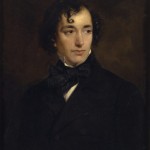

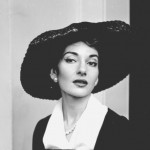







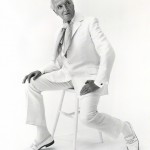


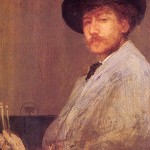



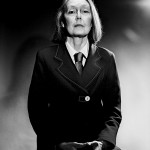











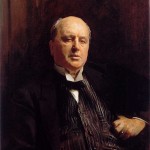






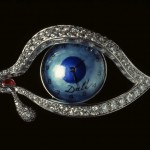















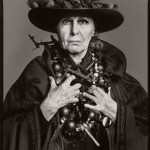







I am wondering about the creative mind of Njinsky in the costumes he wore as part of the Ballet Russe–i.e. Afternoon of a Faun?